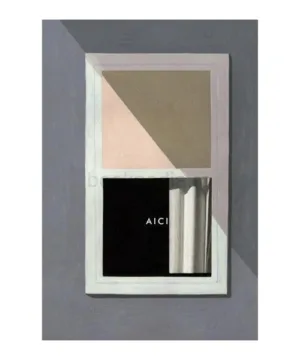
Pachet Trilogia SOUTHERN REACH. Set 3 carti
149,97 lei Prețul inițial a fost: 149,97 lei.119,98 leiPrețul curent este: 119,98 lei.

Nestemate pentru fiecare zi
14,00 lei
Coins in archaeological context Sutor (Optatiana) the vicus and the baths complex
52,25 lei
| Authors | Cristian Gazdac |
|---|---|
| Publisher | MEGA |
| Year | 2023 |
| Pages | 116 |
Informații suplimentare
| General | |
|---|---|
| Authors | Cristian Gazdac |
| Publisher | MEGA |
| Year | 2023 |
| Others | |
| Identification | |
| ISBN-13 | 9786060206019 |
| Format | |
| Pages | 116 |
Descriere
The purpose of this volume was to bring together two previously published studies on two different archaeological units of the same site. This idea came as the authors have a long experience on what it means to keep searching and bring together information in order to have an overall picture on a subject. Furthermore, the stratigraphic and the numismatic analyses of the two archaeological units – the baths complex and the vicus – offer the possibility to synchronise the building phases between the baths and the vicus and to include the numismatic evidence in the general statistics of the site (tables; graphs).
Certainly, one can ask why we did not proceed from the beginning directly with a book? It was all depending on various unpredictable factors such as: the area of excavations; the length of the period for systematic investigations/year; the relevance – quantity and quality – of the numismatic evidence that was going to be collected during excavations; the financial support involved to allow, first, to continue the archaeological investigations, second, to which scale can the excavations be carried on.
The rescue excavations following the building of a segment of the motorway A3, Brasov-Bors, have led to the discovery of almost the entire area of the archaeological site of Sutor (hypothetically identified with the ancient Optatiana mentioned on the Peutinger’s Tabula): the auxiliary fort, the bath complex and the vicus. Unfortunately, as the investigations has proven, the auxiliary fort area cannot be properly excavated as the alluvial layer – a consequence of the numerous floods of the river Almaş in 1879, 1980 – has a thickness up to 2 m.














